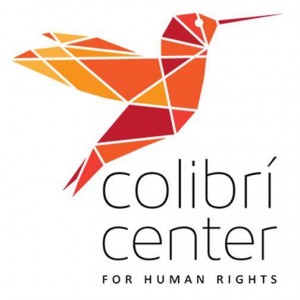The longer I’m involved in this human rights project, the more I learn about the magnitude of the project and how far it extends. As we’ve talked about before, not only are so many people involved directly in the project, but many experience the unfortunate tragedies as a result of the crisis. Fortunately, awareness of the crisis is becoming more widespread. I’m torn when I open my internet browser, check the multiple news sites, and see a major headline about immigrant deaths across the nation. It hurts to read the stories of pain and tragedy. I do my best to sympathize for the individuals affected by the crisis. I also try and see the glimmer of positivity in the fact that these stories are being broadcast both nationwide and worldwide through these major news sources. Each story that makes the headlines provides more awareness to a broader audience, which will hopefully bring in more support for this human rights crisis.
I thought I would share some of the links that I have come across in these past few months leading up to our trip. These are articles that I have stumbled upon, read, and quickly shared with other people involved in the project. Each one is equally important and unique, and provides a different perspective of the same human rights crisis. It is imperative for us who are directly involved in the project that we read any news we can and attempt to understand every possible perspective.
The first story is an encompassing article that describes the difficult process of identification. Our trip is only a beginning step in identifying individuals. Identifications can be made using dental records, but DNA matches are often necessary. Contrary to popular TV shows, DNA matches are not instantaneous and require comparison samples that are difficult to obtain. This article details that process using stories with real families. I highly recommend this article for anyone trying to comprehend the lengthy and emotional process of identification: http://www.cnn.com/2014/05/17/us/immigrant-desert-deaths-dna/index.html?hpt=hp_bn1
Another story reveals the changing demographics of border crossers and some of the politics behind helping these individuals. The numbers of children crossing the border are astounding and scary, and I know that many of us were shocked at the facts. These are innocent children seeking help: http://www.nbcnews.com/news/latino/children-crossing-border-strain-facilities-n109401
Finally, two other articles focus on border crossers who have survived the difficult migration, but have not escaped the human rights crisis. These articles really showed me that this crisis extends well beyond the borders and deaths and includes those forced into modern day slavery and inhumane conditions. One is a compilation of photographs that highlight victims: http://cnnphotos.blogs.cnn.com/2014/05/20/victims-of-modern-day-slavery/?hpt=hp_c2. The other is a news story about finding survivors within a stash house: http://www.cnn.com/2014/03/19/us/texas-immigrants-stash-house/index.html?hpt=hp_t2

Of course, there are more stories coming out every day, and it’s impossible to find and read every story that is important to this project. Fortunately, the Colibri Center for Human Rights has a website dedicated to providing information about the project. The website shares every story they find surrounding the issues of migrant death. It also has information about how to help and contribute information that could save lives. Please check out http://colibricenter.org/ for more information.
And finally, we would love to read any and every story about this issue. If you have information that you’d like to share, please email me at strandr@uindy.edu or Dr. Latham at lathamke@uindy.edu with links to the articles. I will make sure to share them with everybody through this blog in a separate post as well as through social media. Thank you!